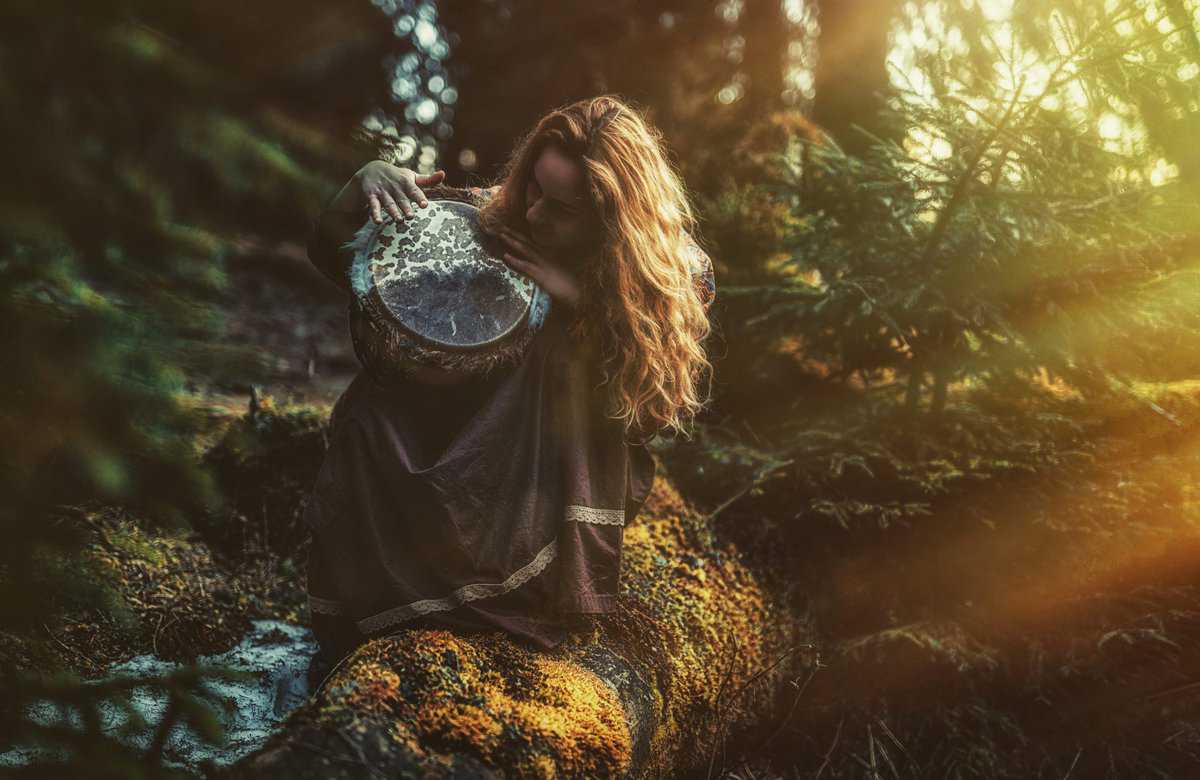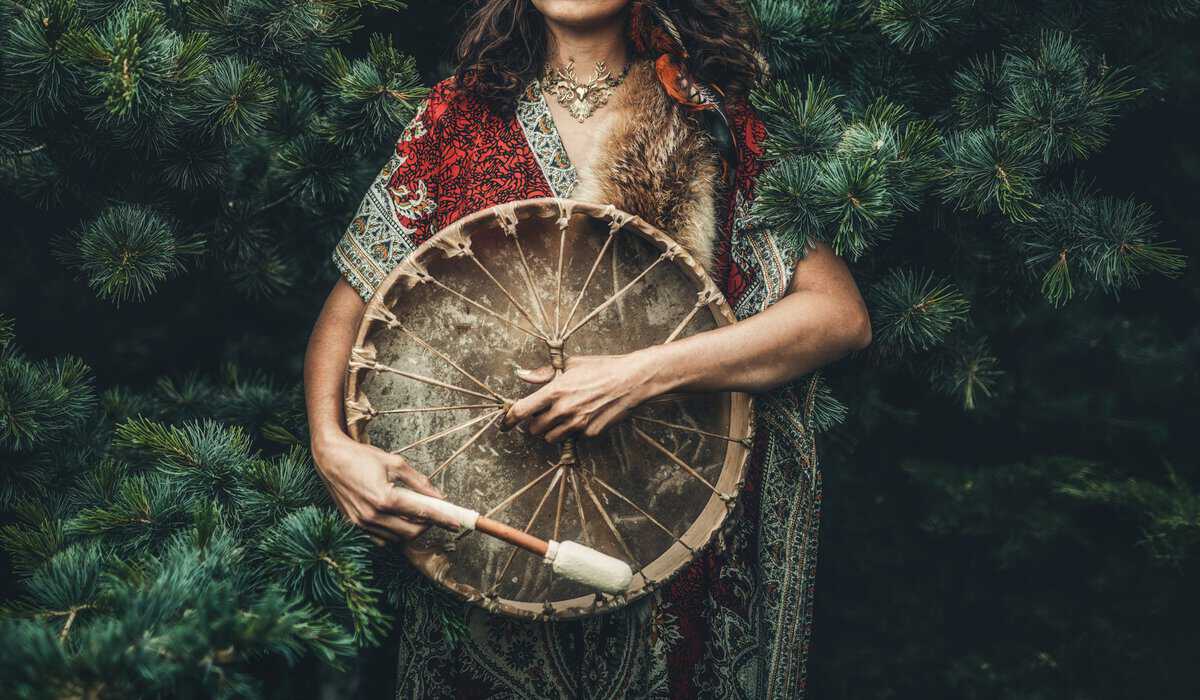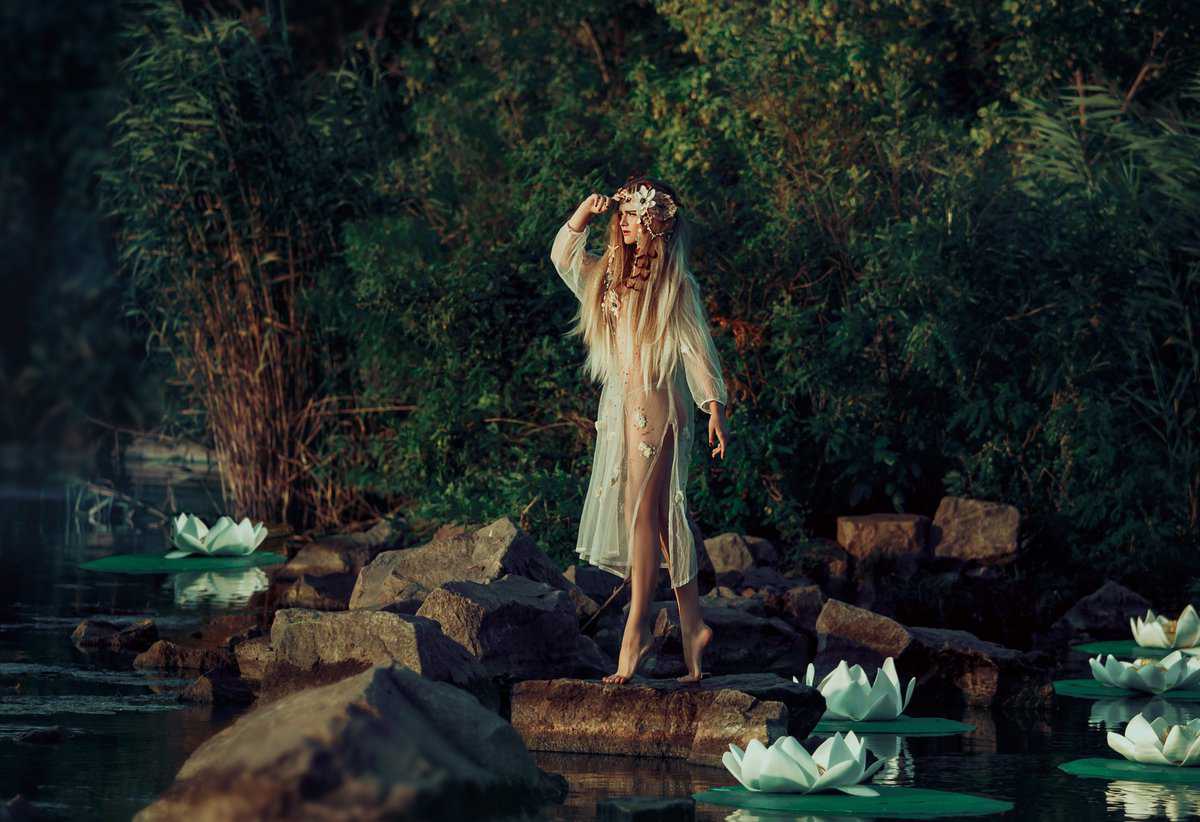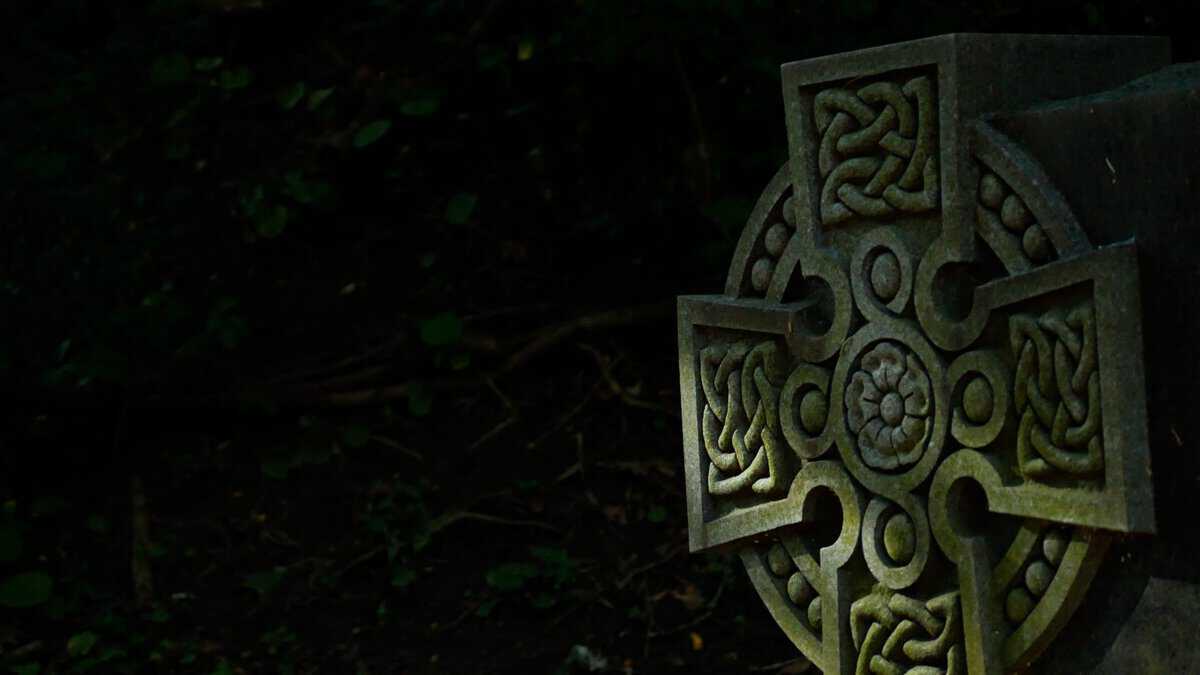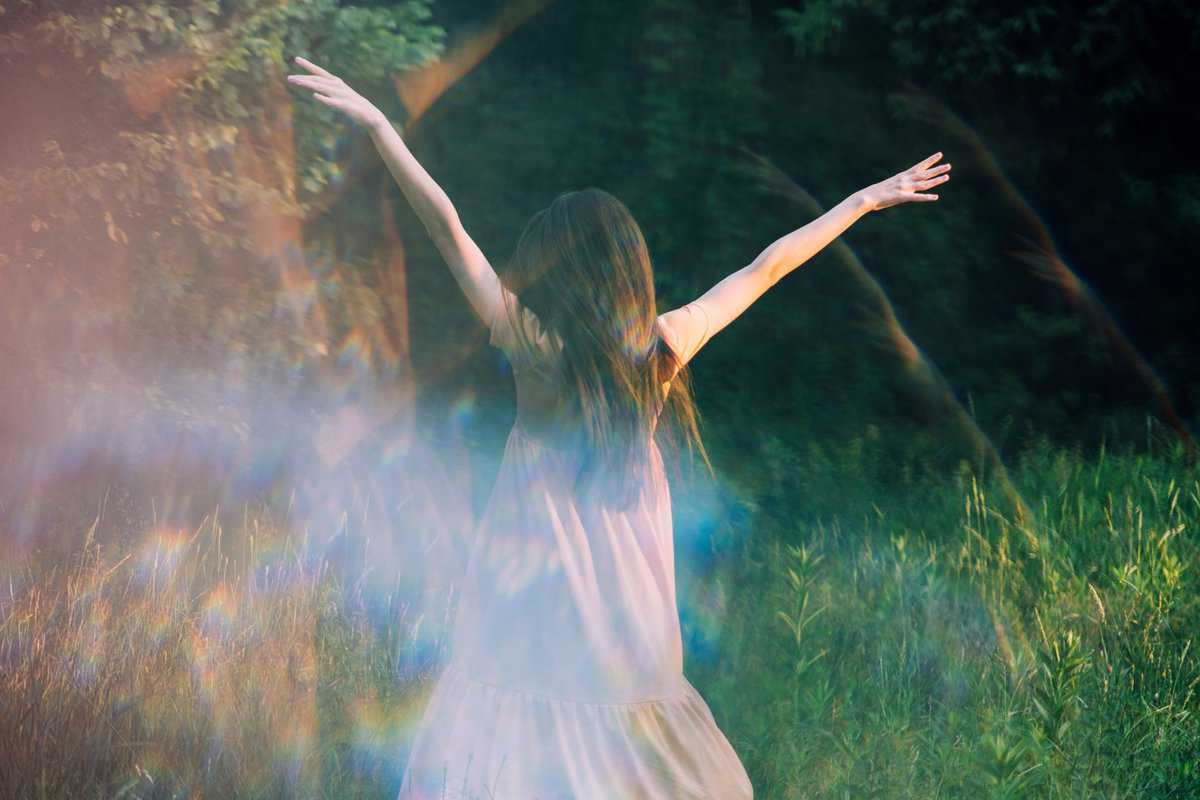Celtic shamanism might not have been called ‘shamanism’ – but the various roles and expressions for spiritual exploration existed within traditional Celtic communities.
We lack historical evidence, but we know that druids played a crucial part in ancient Celtic societies and likely engaged in spiritual practices similar to shamanic traditions.
The term ‘Celtic shamanism’ is more of a modern take, inspired by ancient Celts.
What is Celtic shamanism, then? And where does the Otherworld take us?
Here’s everything you need to know – and more.
Did Celtic Shamanism Really Exist?
Before we delve into the ins and outs of ancient Celtic traditions and spiritual practices – let’s deal with the elephant in the room. Did Celtic shamanism exist? And if so, what is it?
As we said, historians indicate that there’s no such thing as Celtic shamanism. But we’ll refer to it as such in this article because it’s the modern interpretation of Celt traditions.
Regardless of the term used, there’s no doubt that Celts engaged in spiritual practices.
Some of it boils down to speculation, but ancient Celts had a deep connection with nature, spirits, and the supernatural realm called Otherworld – but we’ll get to that in a second.
In this article, we’ll be exploring the spiritual practices of Celts, particularly druids or, as they’re often called in modern society – shamans. What were their practices, exactly?
Druids had roles similar to shamans, helping people understand spirituality.
More than that, they acted as advisors and conducted various rituals and ceremonies.
A druid is different from a traditional shaman, but the similarities exist.
In a way, Celtic shamanism did exist – and their connection to spirituality demands a thorough investigation. So, let’s dive into Celtic beliefs and traditions’ rich world.
What Is the Otherworld?
The best place to start is by exploring the Otherworld.
What is the Otherworld, though? And why is it important in Celtic mythology?
The Otherworld is a mystical realm parallel to ours on another plane of existence.
Celtic cultures have spent ages trying to access – and succeeding – the other side.
A Celtic shaman or druid can thin the veil and cross into the Otherworld, drawing divine guidance and wisdom, accessing higher shamanic powers, and elevating their vibrations.
Can you see the similarities? Nevertheless, the Otherworld is a unique place. It’s a world of magic and enchantment, inhabited by spirits, fairies, and story-like supernatural entities.
Eternal beauty and ethereal youth reign in the Otherworld, making it a sacred place.
It’s a stark contrast to the sinful waste we call our world. Access is hard to get by – and, sometimes, outright impossible. Crossing the threshold demands a lifelong commitment.
Nevertheless, a Celtic shaman can find the way through sacred sites, objects, or rituals.
Learning about Celtic cultures – especially the Otherworld – is always fascinating.
There are many stories to delve into, depicting heroes and mythic figures who embark on quests to the Otherworld, facing challenges and gaining wisdom from otherworldly spirits.
And it’s an appealing thought to a modern-day shamanic practitioner.
Yet, the Otherworld isn’t exclusive to Celtic mythology. There are many other similar concepts in different cultures, each depicting a realm with the promise of enlightenment.
It’s something beyond ordinary perception. And that’s what draws us to explore it.
In Celtic spirituality, the Otherworld stands in the center, a source of continuous inspiration. Learning more about it teaches the nature of life, death, and change.
Even today, the existence of the Otherworld captivates modern Celtic shamans, urging them to nourish that ancient, sacred connection and elevate their souls to a higher level.
How Do Celtic Shamans Practice Spirituality?
Shamanism in Celtic tradition views plants, animals, and natural elements as divine.
Therefore, their shamanic practices work best in all-natural environments or ancient, sacred groves where energy is more vibrant, allowing shamans to converse with spirits.
Such places serve as ideal settings for conducting shamanic rituals or ceremonies.
What kind of tools did the shamans and druids use during spiritual practice?
Various instruments like drums and rattles were used to amplify vibrations and help people reach a higher state of existence where the Otherworld is a hair’s breadth away.
However, Celtic shamans also utilized wands and staves to channel spiritual energy. Let’s not forget that Celtic shaman symbols were engraved on them, intensifying their power.
Herbs and plants in abundance were also used for shamanic healing.
This is just scratching the surface of the many tools and instruments Celtic shamans used during shamanic practices, allowing them to receive and translate divine messages.
Other than that, Celtic shamans honored their ancestors and considered them as guides.
A shaman could establish communication with these spirits and ask for guidance.
Cultural heritage takes center stage in ancient – and even modern – Celtic culture.
Speaking of which, Celtic culture is a rich realm of symbolism worth diving into.
Have you ever heard about the Ogham alphabet or seen ancient Celtic symbols?
In their culture, each symbol holds divine wisdom and a specific meaning.
Other than that, Celtic shamanism is known for its soul-healing nature. Every shaman and druid served their community by channeling physical, emotional, and spiritual healing.
And if you’re captivated by Celtic culture – read their stories and myths.
A vast spiritual world awaits your discovery within their mythology.
Can Anyone Become a Celtic Shaman?
Becoming a Celtic shaman in the modern world is a path open to many. However, the journey is far from easy. A shaman’s calling demands commitment and sacrifice.
If you’re curious about how to become a shaman in other cultures, we have you covered:
Becoming a shaman isn’t something to be taken lightly. It’s not something you can decide overnight. It takes years of consideration, knowledge-searching, and fierce determination.
Nevertheless, anyone can become a Celtic shaman – or at least the New Age version.
We live in a modern world, after all. There’s no going back to the past. Yet, Celtic history is rich with myths, stories, knowledge, and Celtic wisdom waiting for you to explore it.
So, how do you transcend material limitations and embrace shamanism?
If you’re adamant about it – you likely already experienced a calling. Maybe it came to you in a dream. Or perhaps you feel like being a shaman is your true inescapable destiny.
Either way, that’s the first step. And, often, the first step is the most important one.
What comes next? Now, the path of shamanism branches out, demanding commitment.
So, commit to extensive training and practice. Let each day expand your understanding.
The more you know about Celtic shamanic culture and history, the better.
The path to becoming a shaman resembles a self-reflective, transformative journey.
While the journey is unique for everyone, the challenges may differ.
With time, effort, a humble approach to learning, and a connection to Celtic traditions, you can incorporate Celtic shamanism into day-to-day life and be a positive force in the world.
The Importance of Celtic Symbols
Chances are, even if you’re unfamiliar with shamanism, you’ve probably come across a Celtic symbol. From the Tree of Life to the Celtic cross – one can’t help but notice it.
Studying Celtic symbols is a gateway to a deeper understanding of their culture.
It’s not just a symbol. It’s a language. One that communicates values and beliefs.
Every symbol holds power and brims with spiritual significance.
Symbols are crucial in every shamanic culture – not just the Celts.
But what do they mean? How do you interpret them?
Each symbol is unique. Yet, they share a similarity. Symbols embody the interconnected nature of the spiritual and material realms, linking the two contrasting worlds into one.
Some symbols are infused with life-altering lessons – like preserving nature.
Most Celtic symbols draw inspiration from nature, encapsulating its endless wisdom.
In a way, nature is expressing itself through the runes we draw and bear witness to.
That’s why the air feels spiritually charged when there are Celtic symbols around.
Delving into a few books might be necessary to understand their comprehensive nature.
Here, we’re just scratching the surface of their spiritual potency.
That said – most symbols hold protective qualities, warding off negative energies. It’s why druids and shamans use them to preserve balance and harmony and engage in healing.
Utilizing them during shamanic rituals and practices takes them to another level.
And Celtic symbols are unique because they’re rich in history and ever-present throughout various myths and stories. It’s a visual narrative. They echo a heartbeat of past cultures.
And when you see them (or use them) – they may mean something else entirely.
Symbolism is fun like that. It’s always a personal experience.
If you’re becoming a shaman, they may deeply resonate with you.
So, learn more about Celtic symbols and use them to rise to a higher consciousness.
How Celtic Shamans Practiced Healing
Druidism and shamanism in Celtic culture encompassed spiritual healing.
In what way did shamans heal people and help them sustain balance and harmony?
What tools, if any, did they use? And what was the most common shamanic practice?
Celtic shamans embraced a holistic approach to healing, recognizing the pathways that link physical, emotional, mental, and spiritual aspects together – making it singular.
Therefore, Celtic shamans embrace an all-encompassing approach to healing.
The Celts respected, revered, and learned from the natural world.
Herbs and plants helped them do more than access the spirit world. They helped them heal and soothe. They learned from their surroundings and utilized their mastery for good.
The natural world was like a playground in their daily life.
However, Celtic shamans and druids had unique methods of healing. For example, they would access a higher state of mind and tap into the wisdom of their ancestry for advice.
With the insight they would receive, they would help those around them.
Nourishing these sacred, time-transcendent connections gave them powerful abilities.
Although we already mentioned Celtic symbols, it goes without saying that they had their uses in shamanic healing, too. They helped evoke uplifting energies and cultivate peace.
Celtic druids and shamans were proficient at channeling energies and redirecting them.
And, sometimes, healing involves guiding an individual through the Otherworld.
So, Celtic shamans had numerous ways to provide healing to their community.
And most of these practices, if not all, are still accessible and doable today in our society.
In Conclusion
Celtic shamanism is a history-rich world to lose yourself in.
It’s full of myths, stories, and legends that elevate the soul and spirit.
Many books have been written about this ancient culture – and why it’s meaningful today.
Understanding how Celtic shamans bridged the realms of the seen and the unseen can inspire you to sprinkle a bit of spirituality into your life and urge you to see new horizons.
Even if you’re not on a becoming-a-shaman journey, knowing more about shamanism is always beneficial. Their journeys teach us to navigate the chaos of the modern world.
So, expand your knowledge and incorporate some shamanic wisdom into your life.
Be curious about the world around you – the things you see and don’t.


Painting and writing – these are two passions that I have been perfecting for a decade. I’m passionate about exploring the connections between the stars and numbers. Through insightful articles you can learn how these ancient practices can offer guidance, clarity, and self-discovery.


